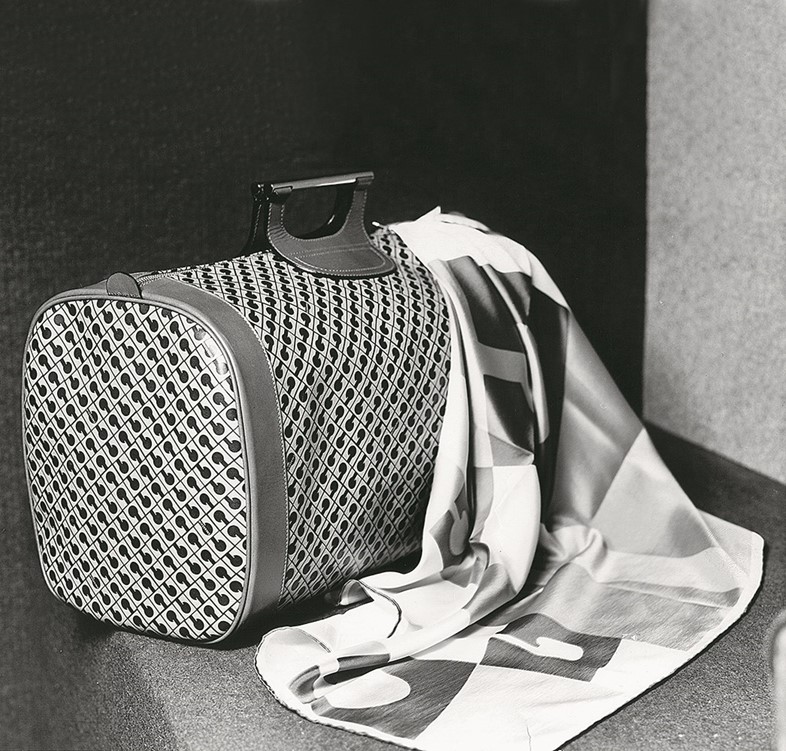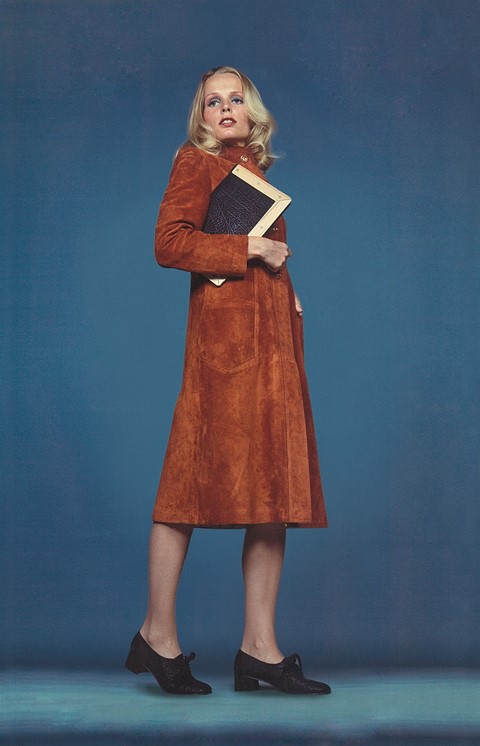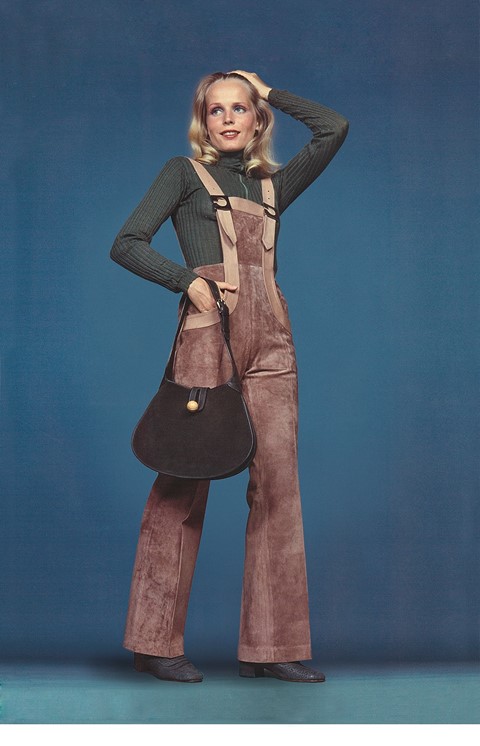As the iconic luxury house celebrates 130 years, AnOther reflects on its magnificent heritage
From the popular Piattina (flatty) shopper that accessorised the outfits of virtually every woman in the 1970s, to the classical 1212 leather satchel which is crafted from house's revolutionary 'Softy' fabric, and the sleek 1960s Bellona (good looking) bag, Gherardini has always been synonymous with style, practicality and meticulous craftmanship. Founded in Florence in 1885, the luxury accessories brand has experienced and influenced 130 years of changing fashions and is regarded as a symbol of Italian excellence around the world.
As is often the case, behind a great name is a great story to be told. Deriving from the Tuscan feudal tradition, the Gherardini dynasty finds its roots in the 9th century. Distinguished and honourable, the Gherardinis are one of the founding families of the Republic of Florence. However, after centuries of involvement in the cityʼs political life, the family was forced into exile as a result of the civil war between White and Black Guelphs, alongside Divine Comedy author and fellow White Guelph Dante Alighieri, who later placed the notable family in his coveted Paradise.

Following the exile, the Gherardinis began to support the countryʼs unification and soon become one of the most influential names in the Italian Risorgiment. One of the most prolific members of the family was Lisa Gherardini – who is widely believed to be the Mona Lisa, the woman whose mysterious smile was immortalised by Leonardo Da Vinci in 1503. In 2008 the fashion house held an event dedicated to the marriage of art and fashion, past and future entitled Re-Thinking Mona Lisa Gherardini, in honour of its legendary ancestress. For the occasion, Leonardoʼs masterpiece was printed on limited-edition monogramed Gherardini handbags and the proceeds from the sale were used to fund artistic restoration.
Considering its illustrious genealogy, itʼs not surprising that a second lineage is said to have migrated to Ireland and initiated the FitzGerald branch, that later became related to the Kennedys. Meanwhile, amongst the Gherardinis who stayed in Florence was Garibaldo, a leading figure in the local leather manufacturing business. In 1885 Garibaldo opened his first workshop, which originally specialised in the production of leather cases. However, with the expansion of railroads the demand for travel accessories increased, making the bag a popular everyday item. Garibaldo was quick to catch on the new trend, demonstrating a fashion sensibility that has since characterised his brand. Regarded as the original inventor of the Made in Italy, in 1915 Garibaldo opened his first store on Via della Vigna Nuova, just metres away from the historical boutique of his contemporary, Guccio Gucci.

Garibaldoʼs handcrafted creations soon became a favourite among wealthy middle class women, who would bring their own fabrics and clasps into his shop in order to have chic personalised additions. While designs were often embellished with gems and precious metals, what set Gherardini apart was the fine selection of leathers – including exotic varieties such as python, lizard and crocodile skin – which combined durability and elegance in equal measure. While itʼs always remained true to its superior artisanal tradition – each and every piece is still handmade in Italy – over the years the brand has seen the launch of a womenʼs leather collection modelled by Twiggy in 1975, followed by a prêt-à-porter line in the 1980s, a Gherardini Lifestyle range of scarves, ties and umbrellas and a menʼs accessories line, Gheradini Man.

At once classical and contemporary, fashionable and functional, the brand gained cult status in the 1970s with the introduction of the iconic Softy fabric. Developed in collaboration with a team of engineers, the innovative material was a waterproof and hard-wearing combination of polyurethane and cotton – later substituted with polyester – featuring the houseʼs logo printed in negative. Conceived as a solution to the typical flaws of hides, such as staining and a lack of resistance, the fabric has been a trademark of the maison and a bestseller ever since.
In celebration of its 130th anniversary this year, the house has released a special edition of the timeless Piattina. Renamed Piattina Anniversary 130 and produced in classic Softy fabric, the commemorative bag features two of the companyʼs most celebrated designs – the Bellona and the 1212 – printed on the sides, once again demonstrating Gherardiniʼs ability to combine centennial craft with modern trends to reinvent cult pieces that still feel modern today.







